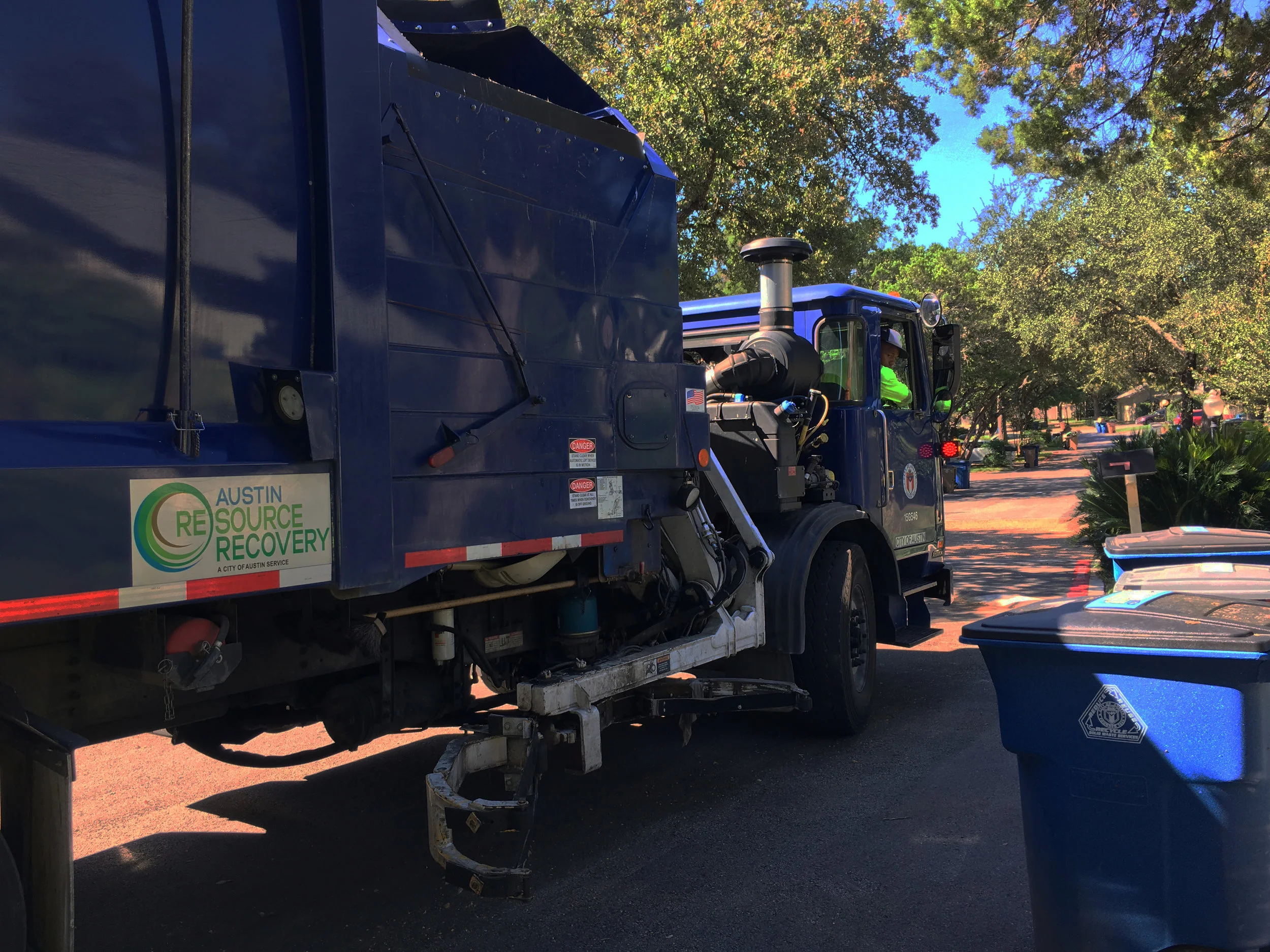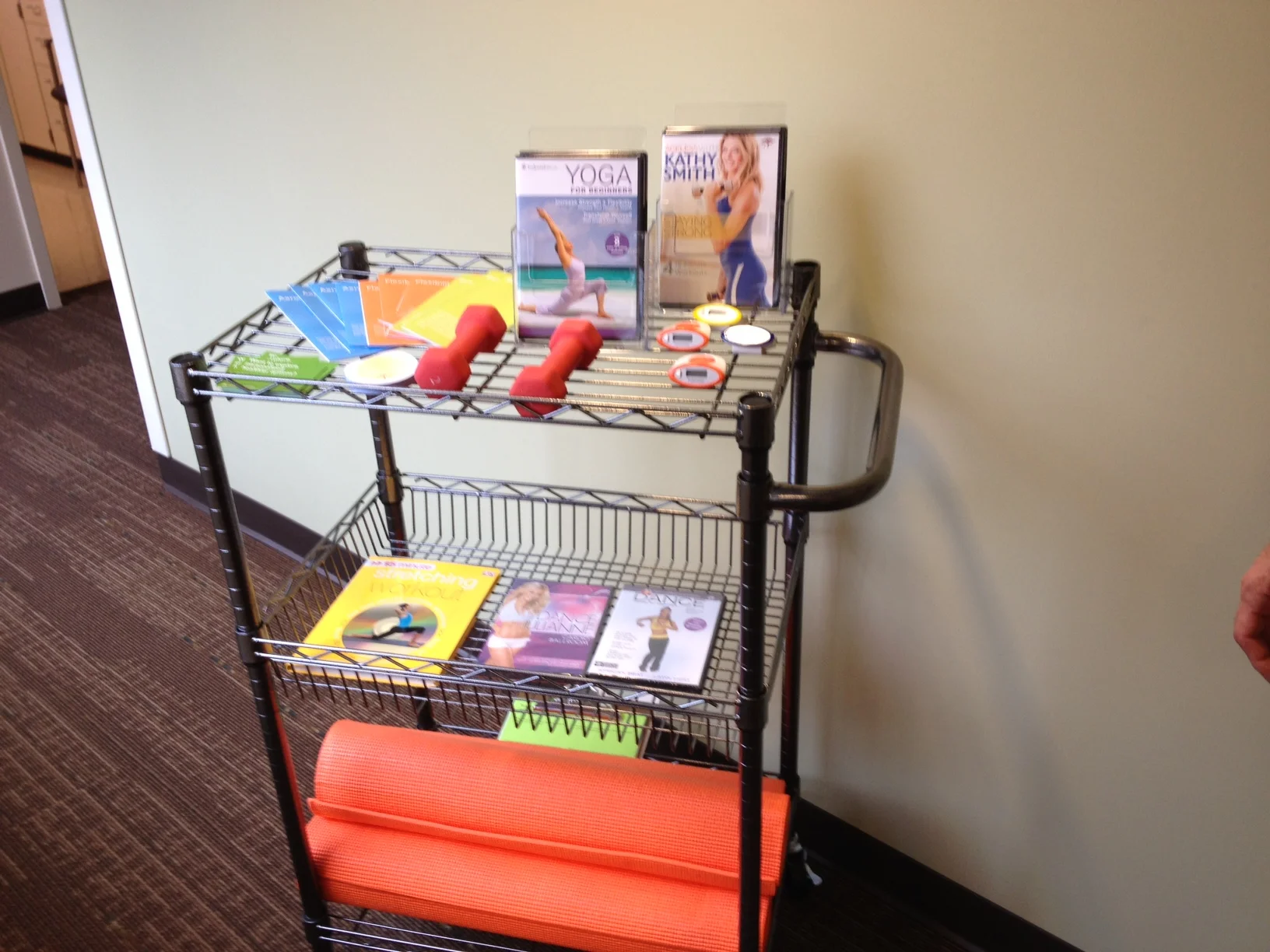Background
A seven-month research and design project in partnership with Austin Resource Recovery to increase Austin's recycling rates. Before jumping to solutions, the first step is to learn about the perspectives, knowledge, and behaviors of Austin residents regarding recycling. The needs of Austin’s residents became the guiding North Star for developing approaches to recycling that caters to them.
process
AGILE PROJECT MANAGEMENT
Starting from day one we approached this project using an agile methodology. We conducted one week sprints, had daily stand-ups, met week for sprint planning and retrospectives, and brought along a highly involved advisory team that provided feedback and advice during sprint reviews. For more details about how we engaged our advisory team, read my Medium post outlining our approach.
RESEARCH
We immersed ourselves in desk research, existing quantitative city recycling data, and competitive analysis to understand the field of recycling and gain industry knowledge. We met with residents from all over Austin to learn about their living situations, motivations, and challenges to recycling. The goal was to bring a human perspective to a world that only deals with numbers and spreadsheets.
SYNTHESIS
We developed and facilitated three “Deep Dive” design sessions that brought together patients, staff and providers, and subject matter experts to co-design solutions with us. We then took the most popular and promising ideas and further refined them into working prototypes.
PROTOTYPE & TEST
Over a span of four months, we iteratively designed and tested over 13 ideas with patients and providers during clinic visits. These prototypes covered digital solutions, physical tools, workflows and processes, space designs, and service designs.
After much refinement, we ended up with a suite of minimally viable products. This included a beta site for physical activity resources, a new workflow with an electronic medical record integration, and clinic posters featuring providers and staff. We trained two clinics on these solutions and let this pilot run for six months. We occasionally checked-in and regularly gathered metrics. Some ideas were home runs and spread to other clinics, but others eventually fizzled out.

















